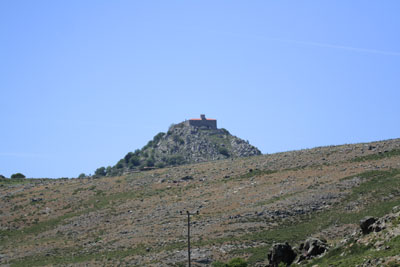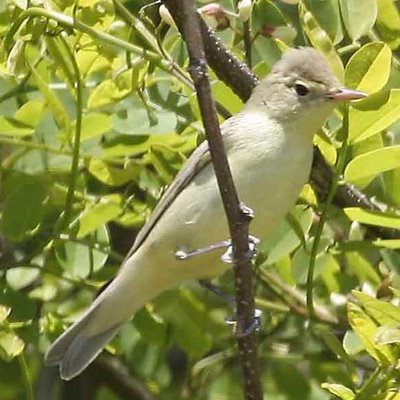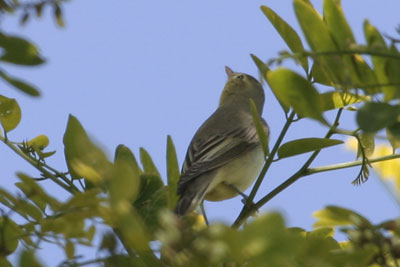This Rock Nuthatch posed for a while close to the main road.
A few pairs of Isabelline Wheatear breed at the 'Isabelline Triangle' - an exposed area at a road junction. Not easy to stalk, but one did conveniently pop up on a road sign.
The further west one travelled, the more Red-backed Shrike were evident. Which image to show ? Well, I never did get a shot I really liked, so these two will have to do. 
It's a testament to what we've done to our landscape when you realize that they once bred around Luton.
Ipsilou Monastery is a fantastic migrant hot spot - it sticks out in an otherwise relatively barren landscape.
First up was a male dark-throated form of Black-eared Wheatear which was feeding in the small, walled, terraced gardens. It was very warm and the strong mid-day light gave problems with contrast, but it was clearly the eastern race melanoleuca which shows a narrow strip of black above the bill.
I climbed the final set of steps up to the monastery proper. A group of three photographers had arrived and were setting up shop down a track between the buildings and the low boundary wall - a excellent spot I'd watched from on the last visit in 1999. Other than that we were the only people there - except, that is, a mad monk with bad English who really wanted us to look at the museum !
The three stooges had walked past a calling Rock Sparrow just inside the first courtyard. I hung around and took plenty of shots of this very obliging individual. The last time we were here, it was a trip up to the battlements to get brief glimpses as it entered its nest hole.
Heading back out of the courtyard I noticed the three lads were snapping away from a prime spot just down the track. I kept my distance out of courtesy - not wishing to disturb anything major. Soon I noticed a hippolais in a tree close to the lads. I could not be specific at this point as is was too far, but it looked to have a classic wing panel typical of spring Icterine Warbler. They were photographing other birds in a tree opposite - again too far to see (had left the 'scope in the car).
After a decent time interval, I joined them and, in my best estuary English, enquired the usual 'much abaht?'. Two Wood Warbler and a bunch of Spotted Flycatcher - no mention of the Iccy. These guys looked respectful - post grad types - perhaps all rounders in the natural world. Then one barked 'large hippolais - it's an Olive-tree Warbler !'. Lo, the bird I'd seen from further back had reappeared - was I seeing things ?
The above shot shows the stout flesh coloured bill and grey legs, peaked crown and pale yellow eye-ring.
The above shot shows the neat pale yellowish fringes to the tertials and inner secondaries forming a distinct wing panel, pale lores and the yellowish supercillium extending well behind the eye. Long primary projection. Email me or post a comment if you know different !
Another male Black-eared Wheatear, this time a pale-throated morph of the melanoleuca race, which posed for a while before going 'over the edge'.
31 August, 2006
Lesvos Part 4 of 7, 14th May, 2006
Posted by
Andy Whitney
at
11:30 pm
![]()
Labels: Black-eared Wheatear, Icterine Warbler, Isabelline Wheatear, Lesvos, Red-backed Shrike, Rock Nuthatch, Rock Sparrow

No comments:
Post a Comment